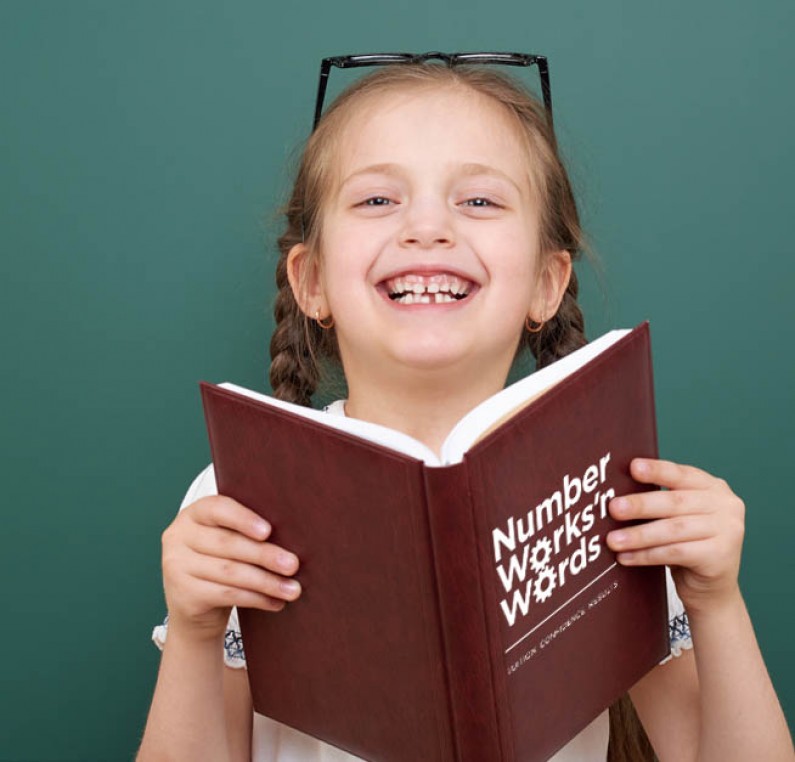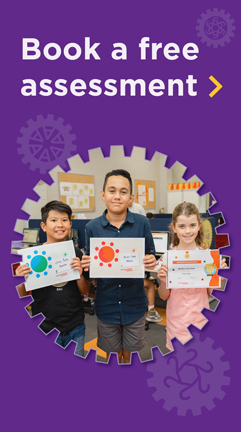5 Ways to Get Back to Basics with reading, writing, counting and calculation

When parents are asked to consider a ‘return to basics’, this brings a whole range of focus areas back into the equation. Establishing or reinforcing their child’s focus on fundamental skills can include: counting, calculation, reading and writing and for younger ones - even the art of play!
Rather than preparing for a specific test or exam, some parents have started to request a de-cluttering of the curriculum to allow for mastery of these essential skills.
Here are five tips for children from 5-years-old through to high school, whether they are back learning in the classroom, are on school holidays or are learning from home that will strengthen their abilities with a return to basics.
1. Writing by hand - from letters to task lists and stories
When using a pencil or pen to write, children have a chance to sound out words, work through correct spelling, formulate their thoughts and structure phrases and sentences clearly.
Encouraging a love of writing can start by providing them with their own unique journal to write in. Activities can include writing about what they enjoyed most that day. On their own or with a parent’s help, they can describe what they are looking forward to. Even a handy list of tasks to complete for the week or month can be pencilled in, teaching essential organisation skills and accountability.
For younger children, writing can start with pencil grip, tracing letters and sounding them out as letters become words. For older children, writing about their unique year so far can help to show that from change and even challenges, creativity and inspiration can come.
2. Reading together and talking with new words
Reading together or encouraging your older child to read back to you, even for just 5 - 10 minutes a day brings a wealth of benefits. Empathy is gained when children are asked to consider book characters’ different experiences and feelings. Emotions can be expressed by using a different tone when reading a story, to portray the different perspectives and feelings as the plot evolves. Words can be emphasised to allow your child to grasp new vocabulary and to spark their curiosity.
Talk with your child throughout the day and try using new words from recent stories in everyday life, to give them context and explain their meaning. For example, you can discuss the things you are doing and pick out words that might be new to them.
When using new words, you can relate this back to what their favourite character might be doing or feeling - the word can even describe what they think will happen in the story next.
Aside from new words gained from reading together, you might like to choose a new word to describe a colour that you see around the house or on a walk … and what they think will happen next in the story.
By discussing the next book you’re planning to read either on your own to role-model daily reading, and what you think the story will be about, the magic of discovery through reading is ignited.
3. Counting sparks a love of numbers
Number sense is strengthened through counting. This can be a sequence of “1, 2 and 3” that coincides with an action like leading up to a jump or to show the amount of something, like adding berries into a pancake mix when cooking or when asking your child to help choose a number of bananas from the supermarket. Other fun ways to introduce counting can involve card games, board games with dice - especially 2 that require addition.
4. A passion and interest in a subject area, underpinned by literacy and numeracy
A return to basics can also mean discovering an authentic interest in a key area that your child loves to explore. With a passion for a subject also comes reinforcing their foundation in literacy and numeracy.
If they are showing fascination in history, consider books that take them on a journey back in time. Theatre can provide a snapshot into earlier times, as can exhibitions that include role plays of past events.
If geography is a subject they begin to show a love of, projects from home can include a fact file on their chosen country and how it relates to the rest of the world.
Science is a subject that can include many facets … with biology one that provides wonderful and bizarre facts that your child might like to further explore. Documentaries about the human body designed for children are a great start!
Complementing STEM is of course, art. Talking through the art project they are creating, leafing through books to inspire replicating what they are seeing and explaining how colours work, shapes interact and perspective is created from drawing from one’s own lense is invaluable.
5. A balance of independent and supported learning
Children learn through a balance of support and direction and also independent time to learn. A mix of activities and hands-on learning to complement their sitting for long periods either in class at school or from a remote learning station at home is also key. Creating an enjoyable experience with English and maths is also based on how they’re responding at the time - if their concentration is waning and they are finding it hard to focus, leave it for a later time. Praise and reward them for their effort when they try and also, when they do well.
To be sure they remain on track not only with their learning but are finding a return to basics fun, try asking them questions as they go and talk about things they learned. This helps them to experience a sense of accomplishment.
Read on to see the fundamental skills that your child can gain through the carefully crafted NumberWorks’nWords English program and what makes our Maths tuition program so popular.
Want to find out whether your child needs maths or English tuition? Book a free assessment and introductory lesson with NumberWorks'nWords.



